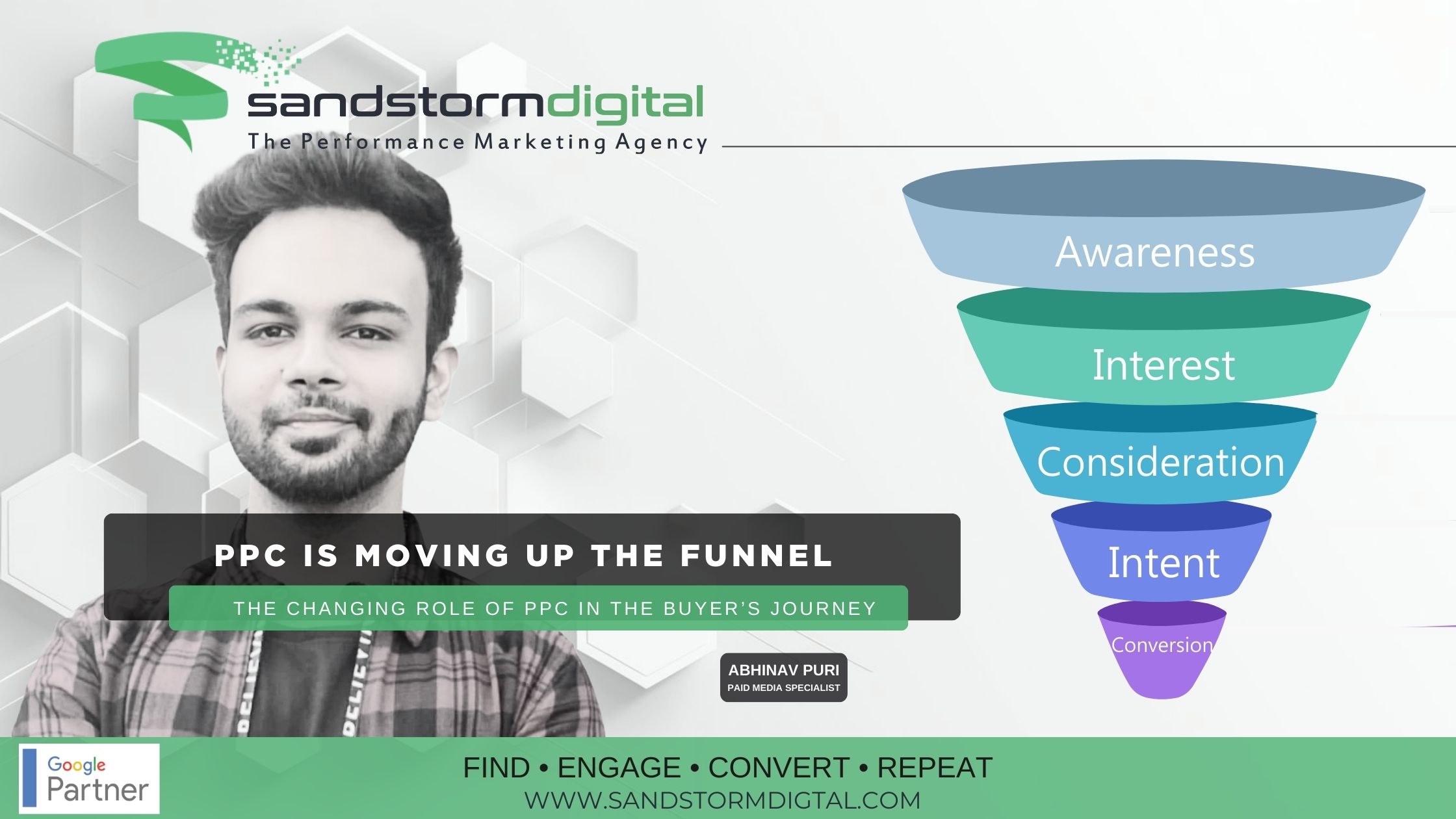Augmented and Virtual reality despite being relatively new concepts are rapidly growing in popularity across marketing campaigns. According to Statista By 2024 there will be an estimated 1.7 billion mobile augmented reality (AR) user devices worldwide, a rise of 1.5 billion from the 200 million seen in 2015.
What is the difference between AR and VR?
Virtual reality is a completely computer-generated 3D simulation that can be interacted with using electronic equipment (commonly a VR headset). Augmented reality on the other hand is the combination of a computer-generated image and the user’s real world view.
How will AR and VR impact marketing and SEO?
As immersive digital experiences become increasingly mainstream, website design will change in order to include more engaging and interactive user experiences. With a more personal and immersive website experience customer loyalty and satisfaction will increase leading to a positive impact on SEO.
The attractiveness and enticing quality of AR and VR will increase the time spent on a website and reduce the bounce rate.
AR and VR as concepts greatly reduce the need for in-person or in-store communications regarding purchases of goods and services. This makes the importance of a good online strategy including AR and VR more paramount. Customers have the opportunity to view an Apple computer in their living room and try on Gucci shoes on their phone camera. Incorporating interactive ways to simplify the buyer experience is the future of marketing.
Google asserts that customers react 50% more to 3D imagery than static imagery. This asserts the supremacy of AR and VR as a recipe for marketing success.
How can VR and AR benefit you?
By including unique ways of incorporating VR and AR into your website and marketing strategy you will create a more memorable customer experience which will lead to greater brand recognition and engagement.
The immersive quality of VR and AR breeds greater customer satisfaction in their purchasing decisions and therefore will lead to a reduction of returns and unhappy customers. The phrase “what you see is what you get” has never been truer.
What’s next for AR and VR? Meta and Google are leading the way in advancements of virtual and augmented realities. Meta plans to release its first pair of smart glasses with a smartwatch to control them in 2025. Their innovative plan is that in the future these AR smart glasses will eliminate the need for smartphones. This goal shows the incredible capabilities that AR and VR technology presents and how an incorporation of their potential is an inclusion in the exciting future.











